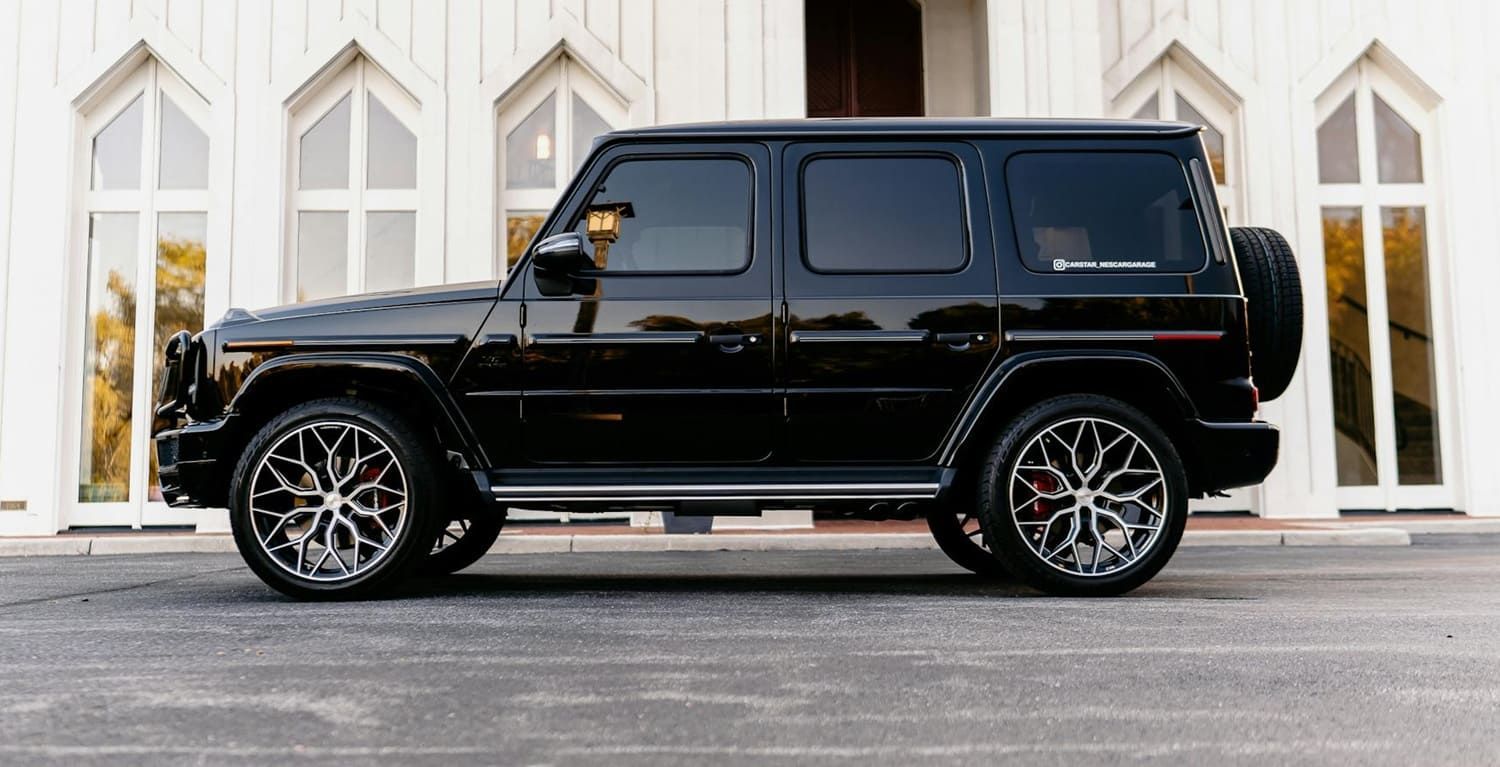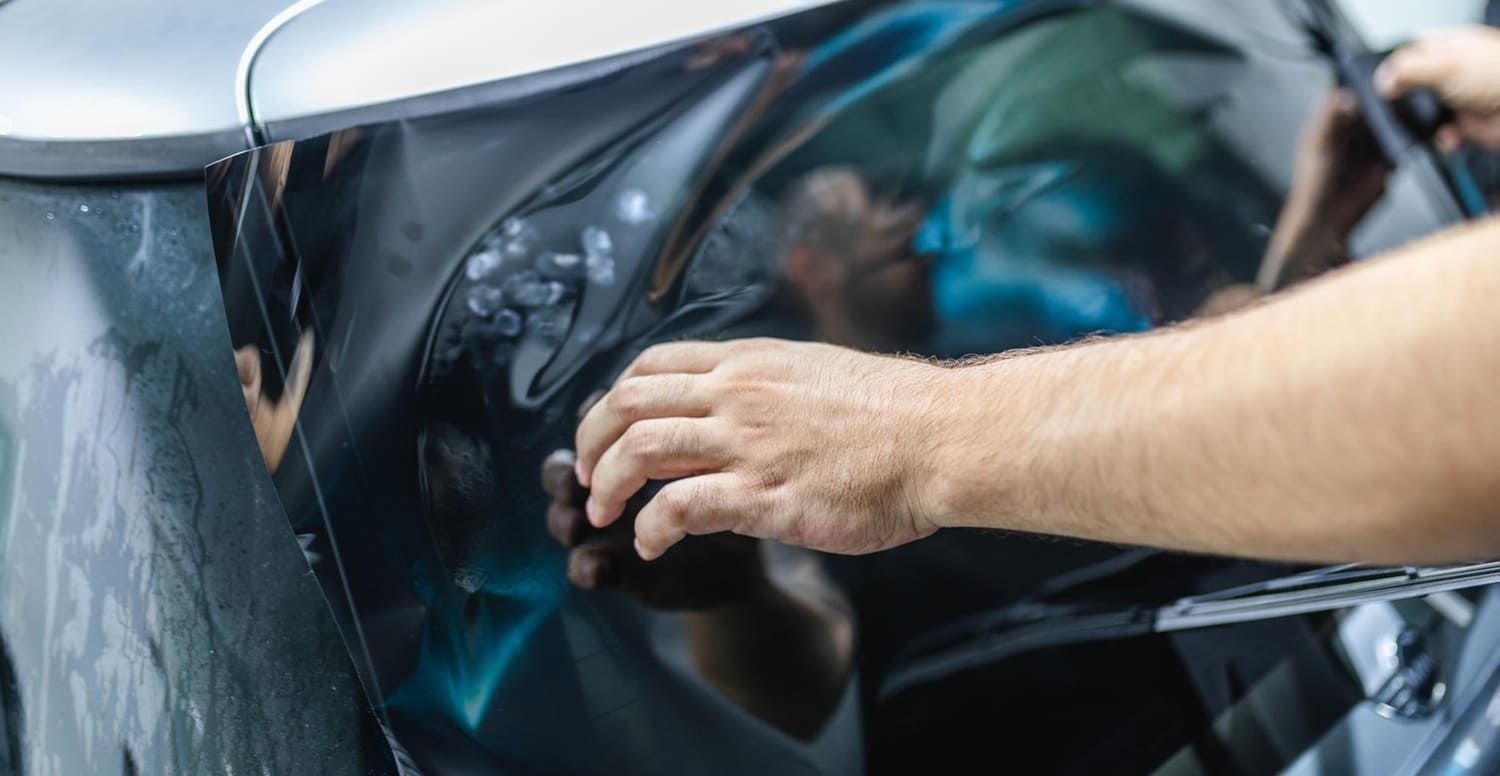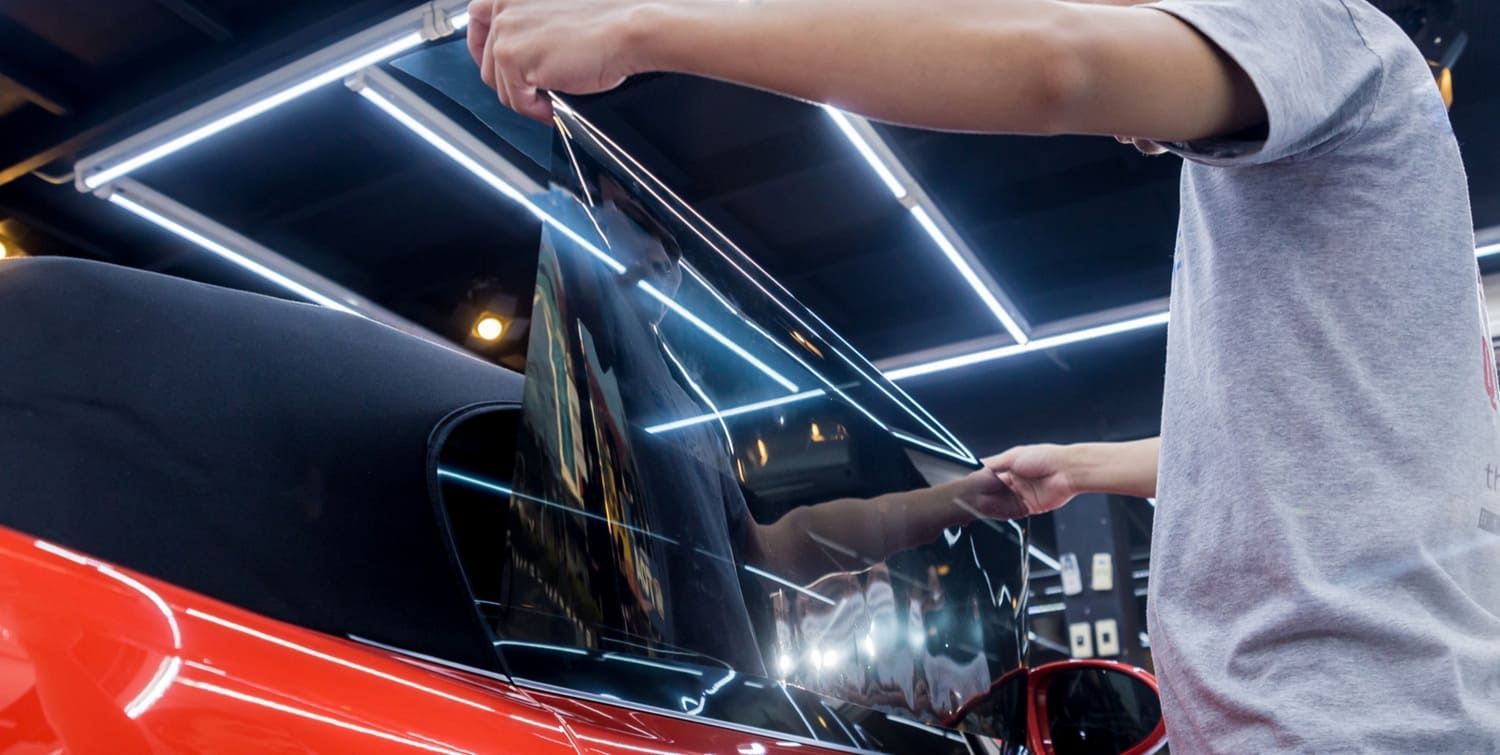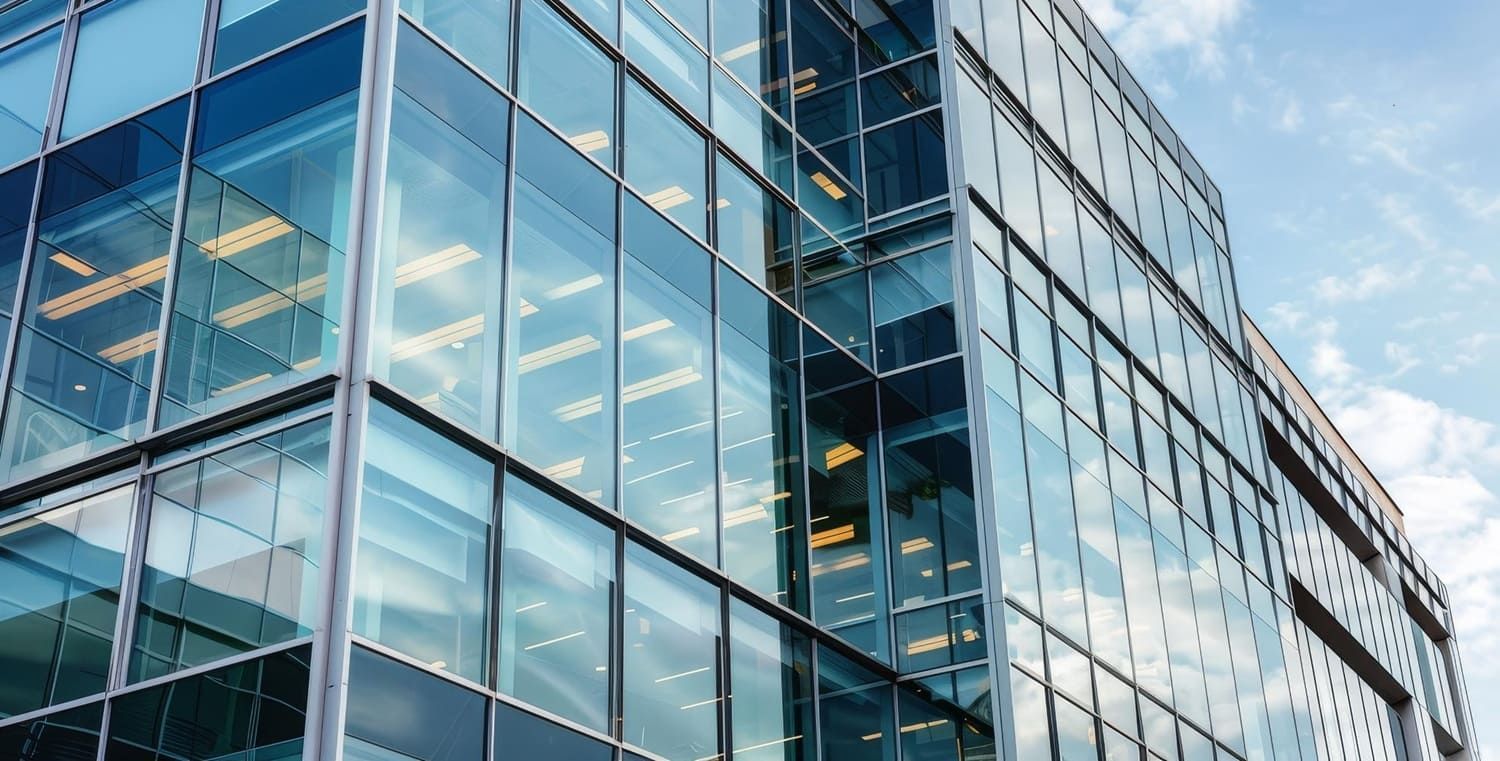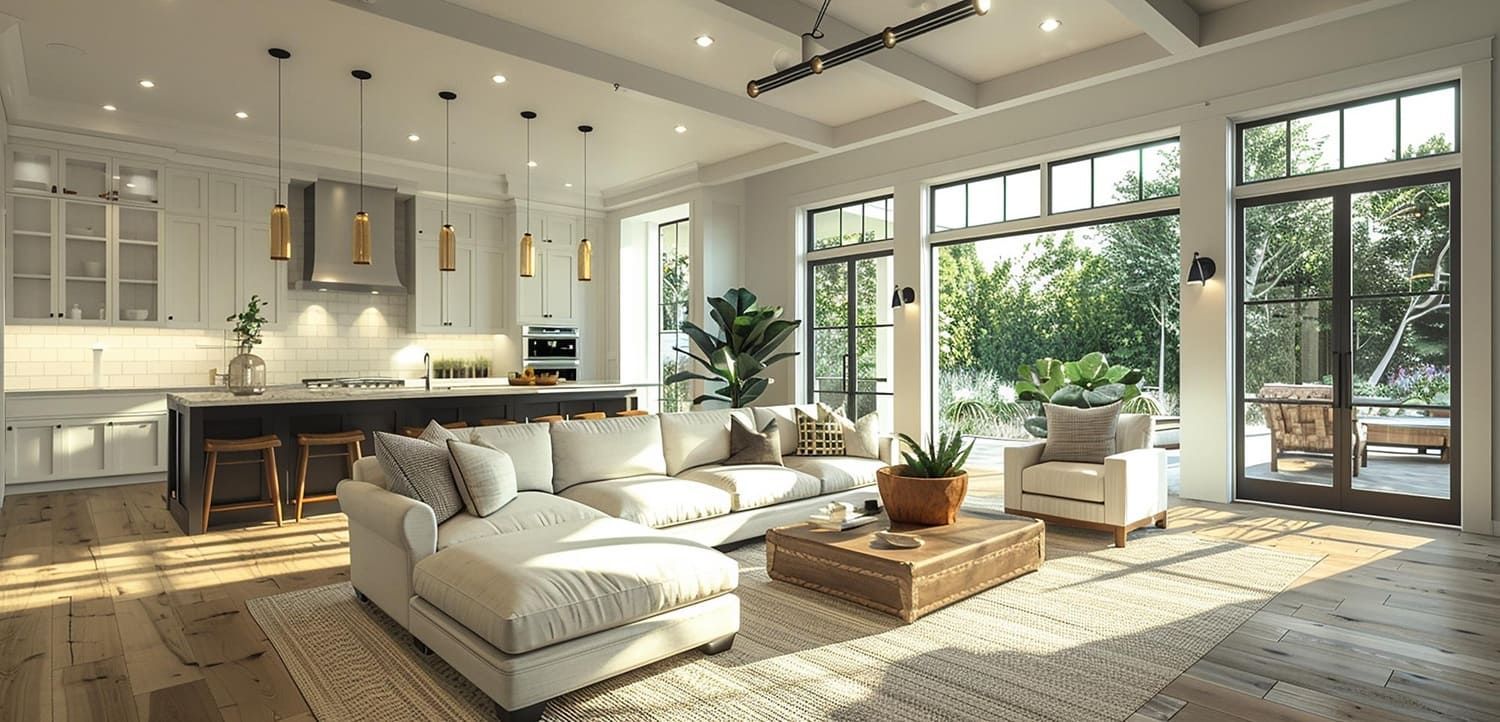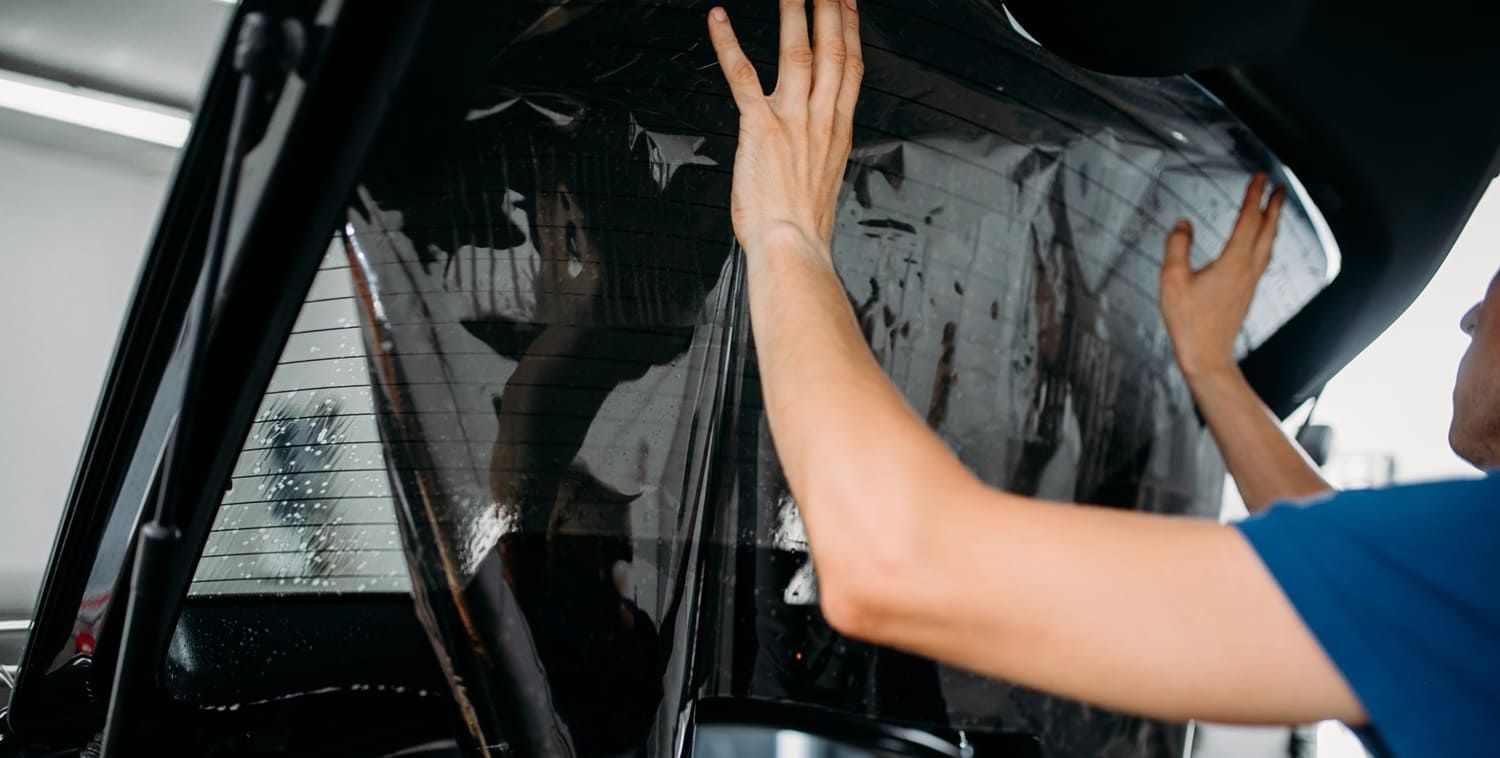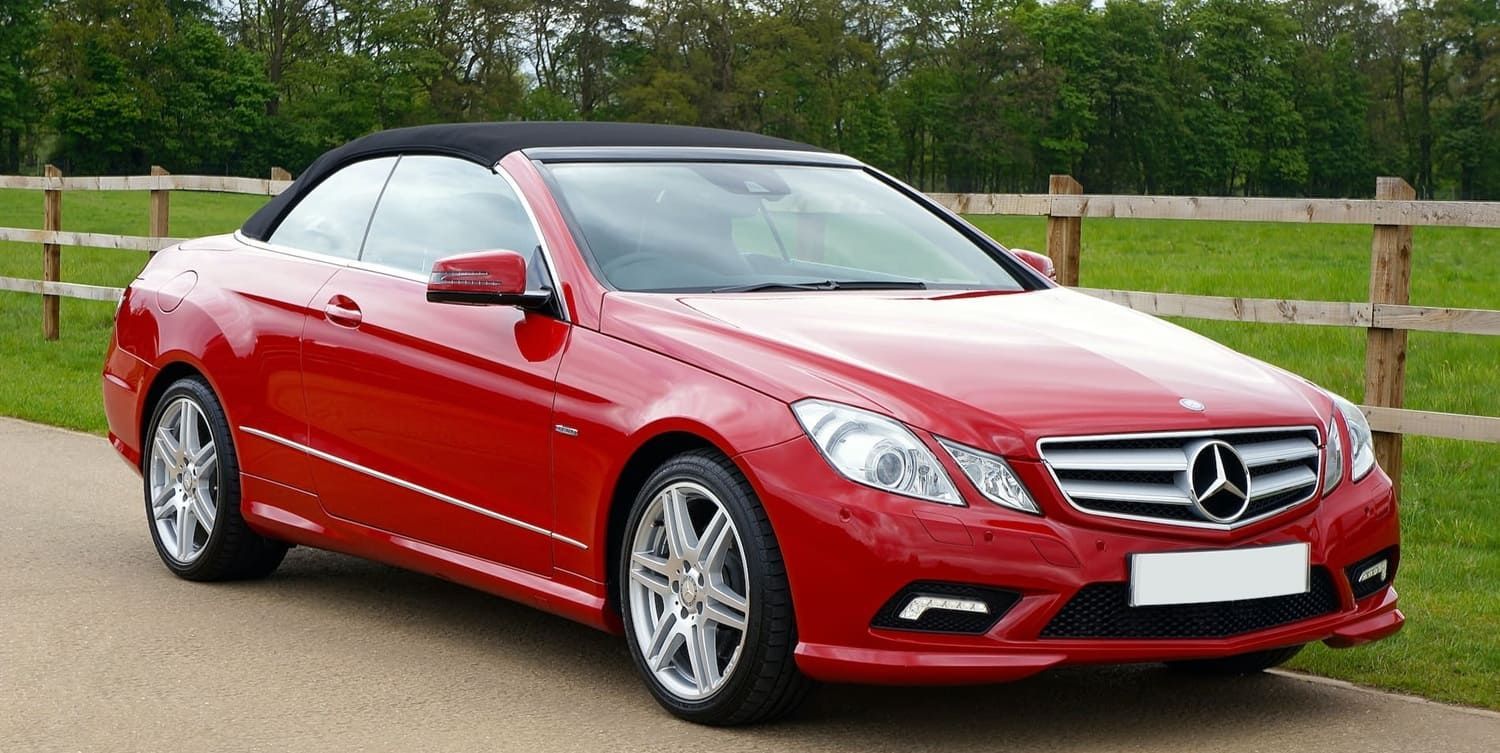Auto Window Tinting Options Explained: Choosing the Right Film for Your Car
Choosing the right window tint for your car is more than just a matter of aesthetics. With a variety of options available, it’s crucial to understand what each type of film offers to make an informed decision. Whether you’re looking to enhance privacy, reduce glare, or protect your vehicle’s interior, auto window tinting provides numerous benefits. In this guide, we’ll explore the different auto window tinting options, helping you select the best film for your car.
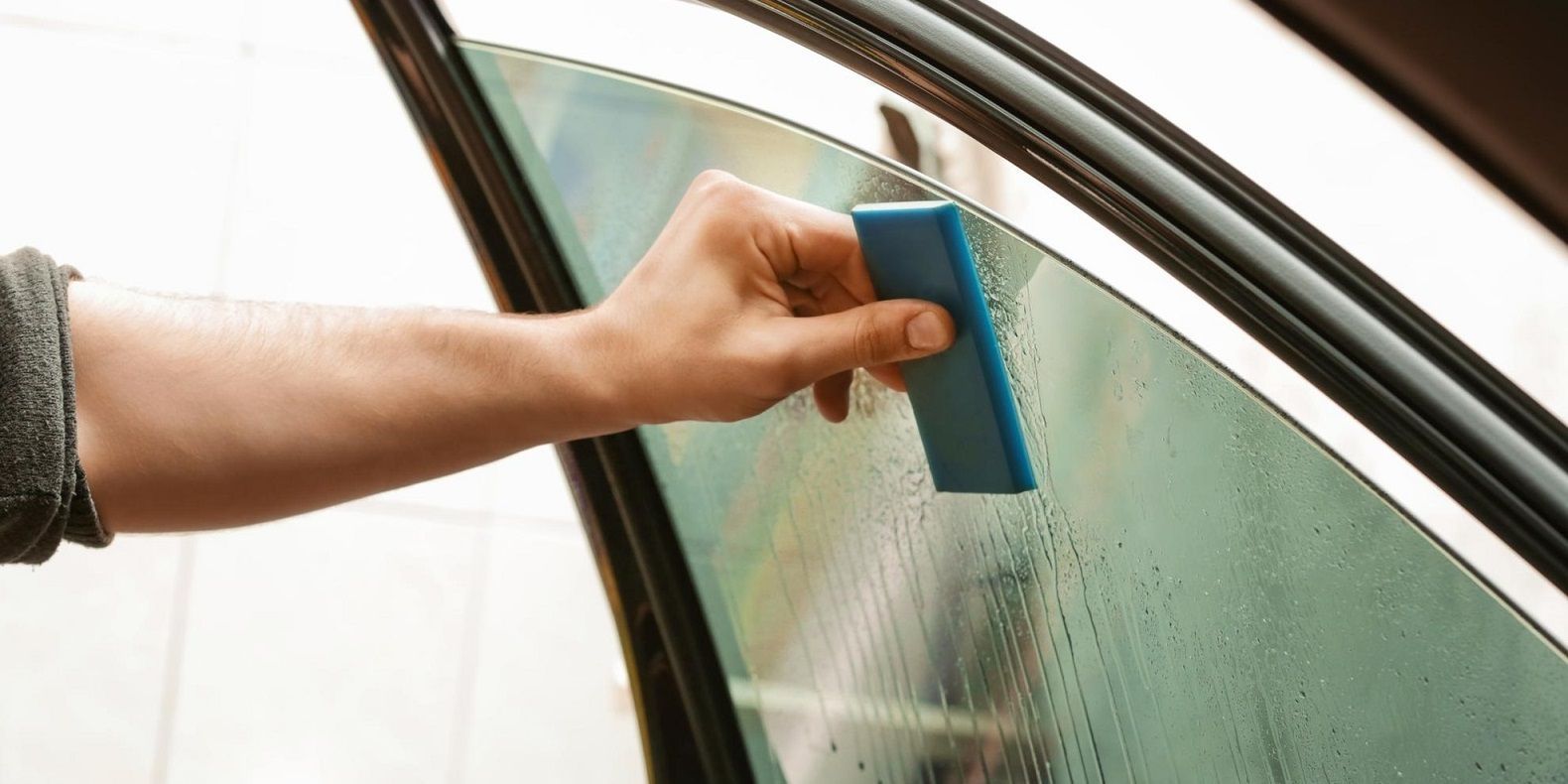
Understanding Auto Window Tinting
Auto window tinting involves applying a thin film to your car's windows. This film serves multiple purposes, such as blocking harmful UV rays, reducing heat, and adding a layer of privacy. The choice of tint depends on your specific needs and preferences. Here’s a breakdown of the common types of auto window tinting films.
Types of Auto Window Tinting Films
Dyed Window Tint Film
Dyed window tint film is the most cost-effective option. It’s made by placing a layer of dye between an adhesive layer and a protective polyester top coating. This type of film primarily absorbs sunlight, which helps reduce glare and heat inside the vehicle.
Advantages
- Affordability: One of the most budget-friendly options available.
- Appearance: Provides a classic, dark look that many car owners prefer.
- Glare Reduction: Helps in reducing glare from the sun and headlights.
Disadvantages
- UV Protection: Offers less UV protection compared to other films.
- Durability: May fade over time, requiring replacement sooner than other types.
Metalized Window Tint Film
Metalized window tint film contains tiny metallic particles that reflect light, offering better heat rejection and UV protection than dyed films. This film is known for its durability and effectiveness in reducing glare.
Advantages
- Durability: Resistant to fading and offers long-lasting performance.
- Heat Rejection: Superior at reflecting heat, keeping your car cooler.
- UV Protection: Provides excellent protection against UV rays.
Disadvantages
- Interference: Can interfere with GPS and radio signals due to its metallic content.
- Cost: More expensive compared to dyed films.
Hybrid Window Tint Film
Hybrid window tint film combines the benefits of dyed and metalized films. It uses both dye and metal particles to provide an effective balance of performance, appearance, and cost.
Advantages
- Balanced Performance: Offers good heat rejection and UV protection without signal interference.
- Appearance: Maintains a neutral look that isn’t too dark or shiny.
- Durability: More resistant to fading than dyed films alone.
Disadvantages
- Cost: More expensive than dyed films, but less than full metalized films.
Ceramic Window Tint Film
Ceramic window tint film is one of the most advanced and high-performing options available. It uses ceramic particles that are non-conductive and non-metallic, making it highly effective without interfering with electronic signals.
Advantages
- Signal Clarity: Does not interfere with GPS, radio, or mobile signals.
- Heat Rejection: Excellent at blocking heat and UV rays.
- Durability: Resistant to fading and highly durable.
Disadvantages
- Cost: One of the most expensive options on the market.
Carbon Window Tint Film
Carbon window tint film features a unique matte finish that gives a sleek appearance and provides excellent protection against UV rays. This film does not contain any metal, so it won’t interfere with signals.
Advantages
- UV Protection: Blocks a high percentage of UV rays.
- Appearance: Offers a sophisticated matte finish.
- Durability: Does not fade over time.
Disadvantages
- Cost: Priced higher than dyed films, comparable to hybrid films.
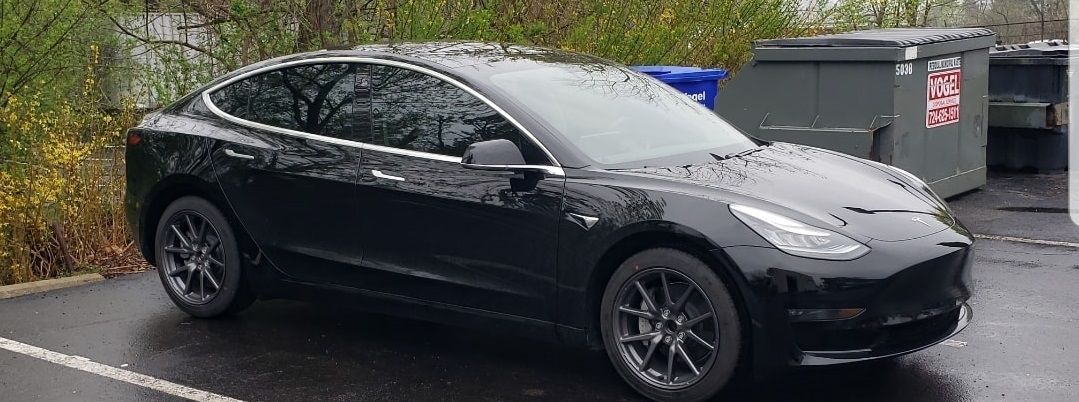
Choosing the Right Auto Window Film
When selecting the right tint for your car, consider the following factors:
Legal Requirements
Before choosing a tint, check your local laws and regulations regarding window tinting. Different states and regions have varying restrictions on the darkness and reflectivity of car window tints.
Climate Considerations
If you live in a hot and sunny area, you may prioritize films that offer excellent heat rejection and UV protection, such as ceramic or metalized tints.
Budget
While it can be tempting to choose the least expensive option, remember that higher-quality films provide better performance and longevity. Consider investing in a film that will meet your needs in the long run.
Aesthetic Preferences
Consider how the tint will look on your vehicle. Dyed films offer a classic dark look, while carbon tints provide a modern matte finish. Your choice should complement your vehicle’s style.
Professional Installation vs. DIY
While there are DIY kits available for window tinting, professional installation is recommended for the best results. Professionals have the expertise and tools needed to ensure a smooth, bubble-free application. Additionally, professional installations often come with a warranty, giving you peace of mind.
Conclusion
Auto window tinting is an investment that enhances your car’s appearance, comfort, and protection. At Applied Film Technology in Virginia Beach, Virginia, we specialize in LLumar Auto Window Films, helping you understand the different types of window tinting films. By considering your personal needs and local regulations, our expert team can help you select the perfect tint for your vehicle. Whether you prioritize UV protection, heat rejection, or aesthetics, there’s a window tinting option that meets your requirements.
Choosing the right window tint film is a crucial decision that affects your driving experience and vehicle longevity. Trust Applied Film Technology to guide you in making an informed choice and enjoy the benefits of a well-tinted car. Contact us today for a free estimate and let our professionals enhance your vehicle's comfort and style with premium window tinting solutions.



